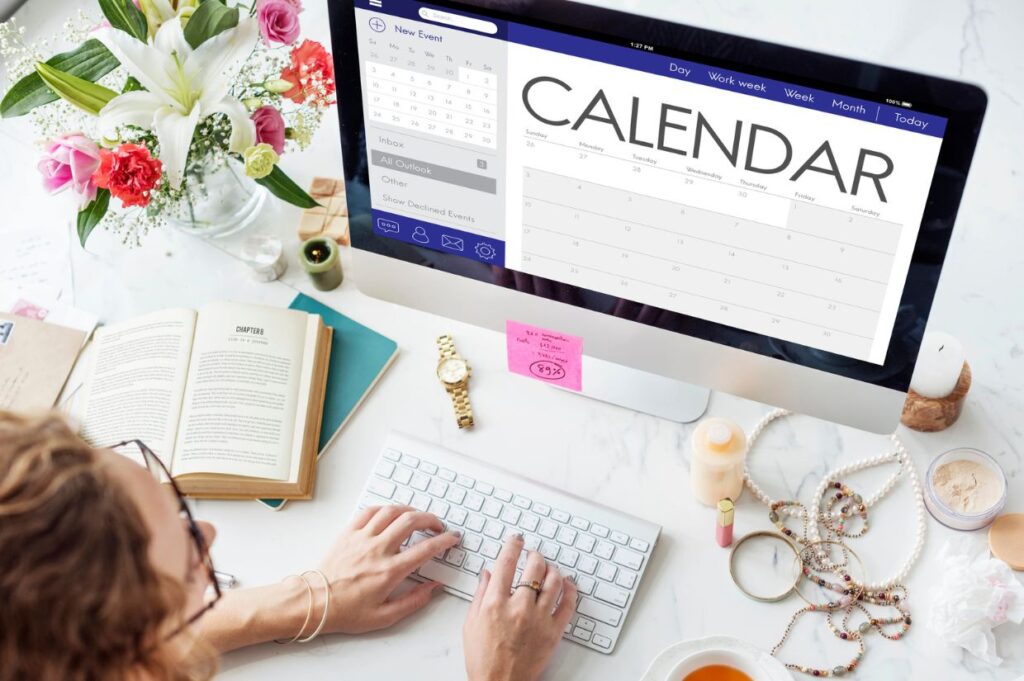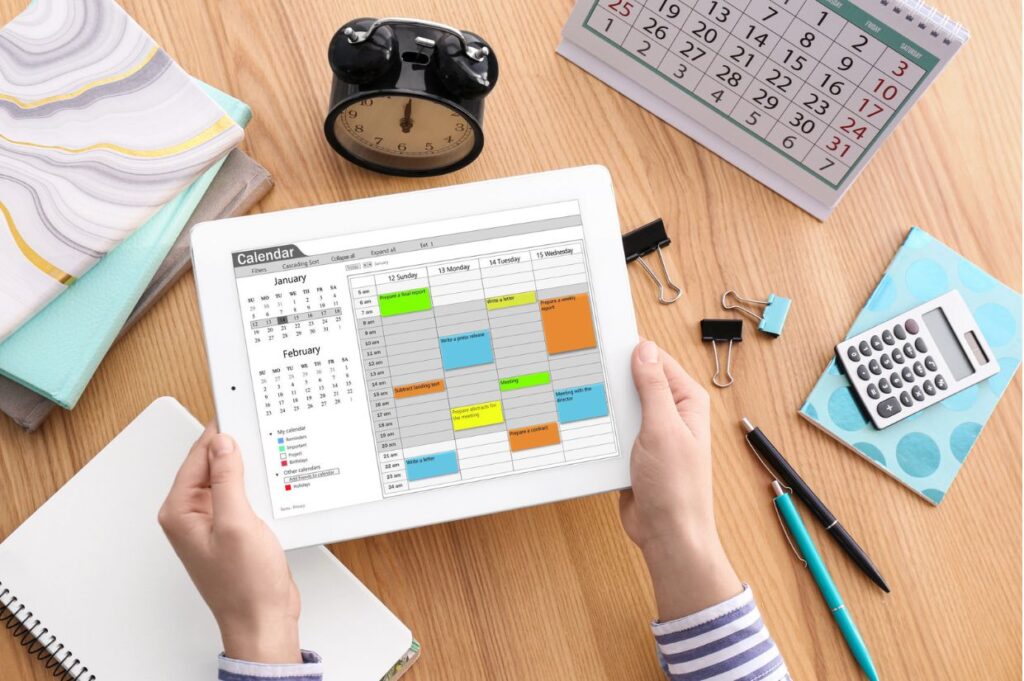We’ve all been there, haven’t we? Juggling one or more blogs and feeling like you’re running to stand still, constantly playing catch up. But good content is critical for your future success, and planning it shouldn’t be done in a hurry.

That’s where a content calendar comes in. Think of it as your blog’s roadmap, guiding you through the weeks and months with a clear plan. It’s a powerful tool that helps you stay organized, keep your posts timely and ensure your content aligns with your goals. Here’s how you can create a content calendar that works for you and your blog.
Setting goals
Before you start creating your content calendar, it’s crucial to define your blogging goals. What do you want to achieve with your blog? Are you aiming to increase traffic, build your email list or establish yourself as an authority in your field? Setting clear goals will help you determine how frequently you should post. For example, if your goal is to boost engagement, you might aim for a higher posting frequency to keep your audience consistently engaged. On the other hand, if you’re focusing on high-quality, in-depth content, you might choose a less frequent posting schedule but with more detailed posts.
Brainstorming topics
With your goals in mind, it’s time to brainstorm blog topics that will resonate with your audience. Start by thinking about what your readers are interested in. What questions are they asking? What problems are they trying to solve? Use these insights to generate blog post ideas that align with their interests.

You can also use various methods to come up with ideas. You can utilize SEO tools, observe Google trends, explore popular posts on similar blogs or conduct surveys to ask your audience directly what they’d like to read about and receive from you. Engaging in social media conversations and joining relevant forums or groups can also inspire. The goal is to have a list of topics that not only fit your audience’s interests but also align with your blogging goals.
Scheduling posts
Now that you have a list of blog post ideas, it’s time to get them on the calendar. Consider your posting frequency and plan your publication dates accordingly. For example, if you decide to post weekly, make sure you have enough content ideas to cover each week without scrambling at the last minute.
I tend to plan my content quarterly, always working one quarter ahead. This means that I can pivot and swap things around if I need to and react to trends, without messing up a year’s worth of planning.
Tools for a content calendar
There are several tools you can use in creating and managing your content calendar. Google Calendar is a popular option for its simplicity and integration with other Google tools. It allows you to set reminders and easily share your calendar with team members if you have any.
For a more advanced solution, consider using project management tools like Trello or Asana. Both of these tools offer visual boards where you can organize your posts by status like “Ideas,” “In Progress” and “Published.” They also let you set deadlines, add notes and collaborate with others, making them great for more detailed planning.
Staying flexible
One of the biggest advantages of having a content calendar is that it helps you stay organized, but it’s also important to stay flexible. The world of blogging and content creation is constantly evolving, and trends can change quickly. Be prepared to adapt your calendar if a new topic or trend emerges that’s relevant to your audience. This flexibility ensures that your blog remains current and engaging.
Maintaining the calendar
Creating your content calendar is just the beginning. Regular reviews and adjustments are essential to keeping it effective. Set aside time each month to review your content performance and see what’s resonating with your audience. Use this data to tweak your calendar — perhaps by shifting your posting frequency, updating your topics or exploring new formats.

It’s also helpful to periodically review your blogging goals. As your blog grows and evolves, your goals might change too. Adjusting your content calendar to reflect these changes can help you stay on track and continue to meet your objectives.
Final thoughts
A well-planned content calendar can be a game-changer for your blog. It helps you stay organized, ensures a steady flow of content and keeps you aligned with your goals. By setting clear objectives, brainstorming relevant topics, scheduling posts thoughtfully and using the right tools, you can create a calendar that supports your blogging success.
So, why not start planning your content calendar today? It’s a step towards a more organized, focused and effective blogging strategy. If you have any tips of your own or need a template to get started, feel free to share your thoughts or ask for help. Happy planning!
